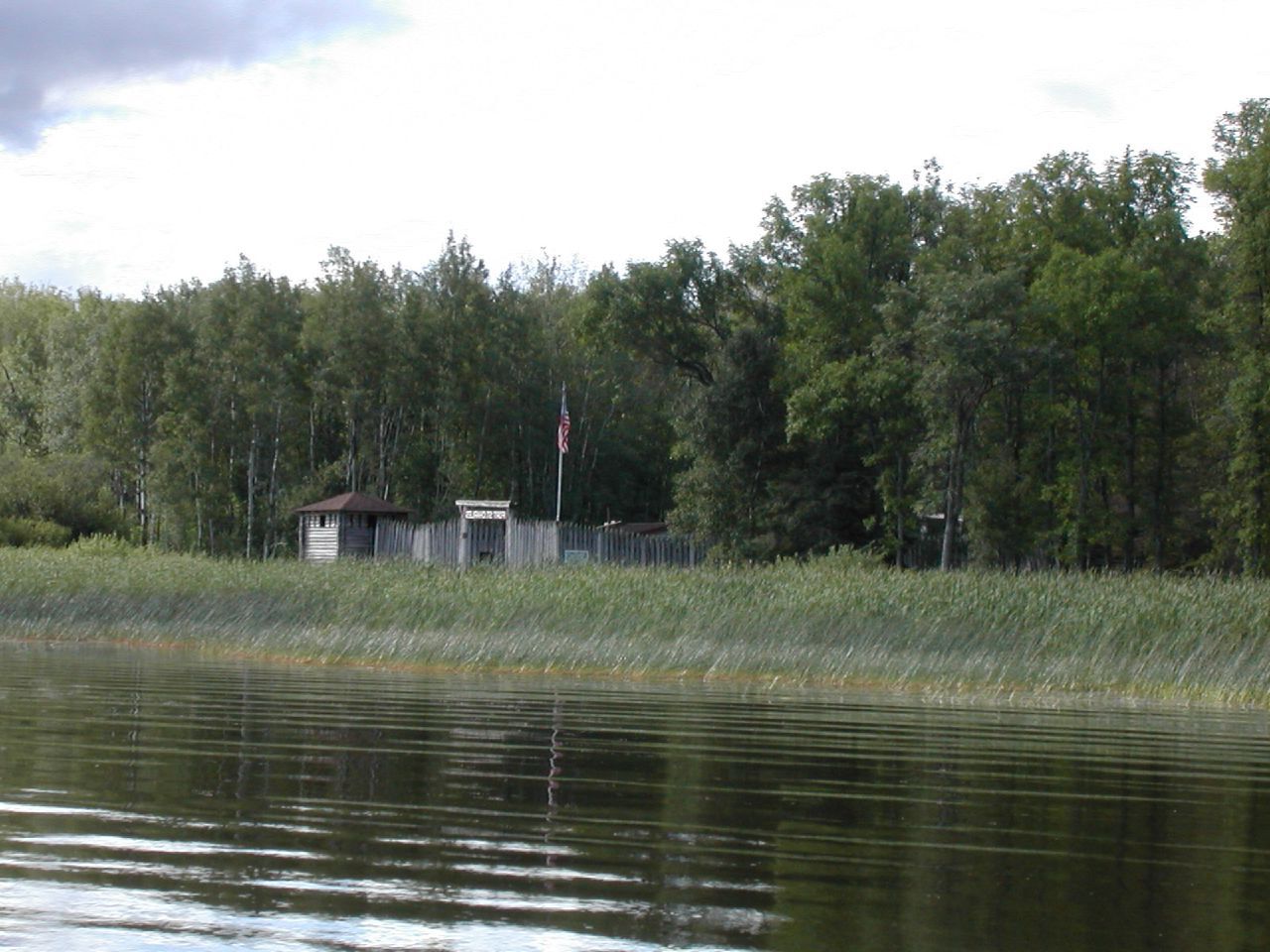Secrets Of Minnesota’s Fort St. Charles Trading Posts

Ever wondered what life was like at Fort St. Charles in Minnesota? This historic site, nestled on the shores of Lake of the Woods, offers a glimpse into the past. Built by French explorers in the 18th century, it served as a vital trading post. Fur traders, Native Americans, and soldiers all crossed paths here, exchanging goods and stories. Today, visitors can walk through reconstructed buildings, see artifacts, and imagine the bustling activity that once took place. Whether you're a history buff or just curious, Fort St. Charles provides a fascinating look into Minnesota's early days. Ready to step back in time?
The Historical Significance of Fort St. Charles
Fort St. Charles, located on the northwest shore of Lake of the Woods, is a hidden gem in Minnesota. Built by French explorers in 1732, this fort played a crucial role in the fur trade era. Visiting this site offers a unique glimpse into the past, where you can almost hear the whispers of traders and voyageurs.
Top Trading Posts to Visit Near Fort St. Charles
Exploring the trading posts around Fort St. Charles can be an exciting journey through time. Each location tells a story of commerce, culture, and survival in the wilderness.
Grand Portage National Monument
- Located on the northeastern tip of Minnesota, this site was a major hub for fur traders. The reconstructed Great Hall and stockade offer a vivid picture of life in the 18th century.
North West Company Fur Post
- Situated in Pine City, this post recreates the life of fur traders in 1804. The site includes a reconstructed trading post, Ojibwe encampment, and visitor center with interactive exhibits.
Snake River Fur Post
- Found in Pine City, this post was originally established by the North West Company. The site features a reconstructed post and offers guided tours that delve into the fur trade's impact on the region.
Sibley Historic Site
- Located in Mendota, this site includes several historic buildings related to the fur trade. The Sibley House, built in 1836, is one of Minnesota's oldest stone buildings and offers a glimpse into the life of early settlers.
Unique Experiences at Each Trading Post
Each trading post offers unique experiences that bring history to life. From interactive exhibits to guided tours, there's something for everyone.
Historic Fort Snelling
- Positioned at the confluence of the Minnesota and Mississippi Rivers, this fort played a significant role in the fur trade. Visitors can explore the restored fort, participate in living history programs, and learn about the diverse cultures that interacted here.
Mill City Museum
- Located in Minneapolis, this museum is built into the ruins of what was once the world’s largest flour mill. While not a traditional trading post, it offers insights into the trade and industry that followed the fur trade era.
Alexander Ramsey House
- This historic house in St. Paul belonged to Minnesota's first territorial governor. The house museum offers a look at the life of a prominent figure during the fur trade's decline and the rise of new industries.
Hidden Gems and Lesser-Known Sites
Beyond the well-known trading posts, there are lesser-known sites that offer equally fascinating insights into Minnesota's fur trade history.
Kittson Trading Post
- Located in Pembina, North Dakota, just across the border from Minnesota, this site was a key trading post for the Hudson's Bay Company. The post played a significant role in the fur trade network extending into Minnesota.
Crow Wing State Park
- This park near Brainerd includes the site of Old Crow Wing, a once-thriving fur trade community. Visitors can explore the ruins and learn about the interactions between traders and Native American tribes.
Fond du Lac Trading Post
- Situated near Duluth, this post was a crucial link in the fur trade network. The site includes a reconstructed post and offers educational programs about the fur trade's impact on the region.
Planning Your Visit to Fort St. Charles and Beyond
Planning a trip to these historical sites can be an enriching experience. Each location offers a unique perspective on the fur trade era and the people who lived it.
Voyageurs National Park
- Located near International Falls, this park preserves the history of the voyageurs who paddled the waterways of Minnesota. The park offers boat tours, hiking trails, and exhibits about the fur trade.
Lake Itasca State Park
- This park, home to the headwaters of the Mississippi River, was a significant area for fur traders. Visitors can explore the park's natural beauty and learn about its historical significance.
Split Rock Lighthouse
- While primarily known for its stunning views and maritime history, this site also offers insights into the broader trade networks that included fur trading routes.
Minnesota History Center
- Located in St. Paul, this museum offers comprehensive exhibits on Minnesota's history, including the fur trade era. Interactive displays and artifacts provide a deep dive into the state's past.
Jeffers Petroglyphs
- This site in southwestern Minnesota features ancient rock carvings that predate the fur trade but offer context about the region's long history of human habitation and trade networks.
Discover the Legacy of Fort St. Charles
Fort St. Charles offers a glimpse into Minnesota's rich history. Visiting this site, you can explore the trading posts that were once bustling hubs of activity. The fort's history is filled with stories of traders, explorers, and Native American tribes who played crucial roles in shaping the region.
Walking through the remains, you can almost hear the echoes of the past. The artifacts and reconstructed buildings provide a tangible connection to those who lived and worked there centuries ago. It's a place where history comes alive, making it a must-visit for anyone interested in America's early days.
Plan a trip to Fort St. Charles to experience this unique piece of history. It's not just a visit; it's a journey back in time.

